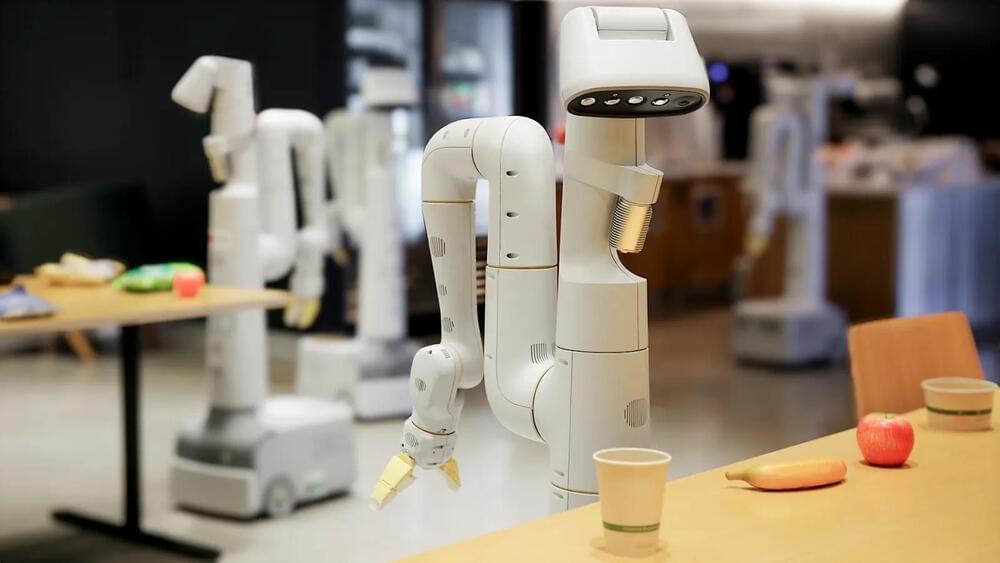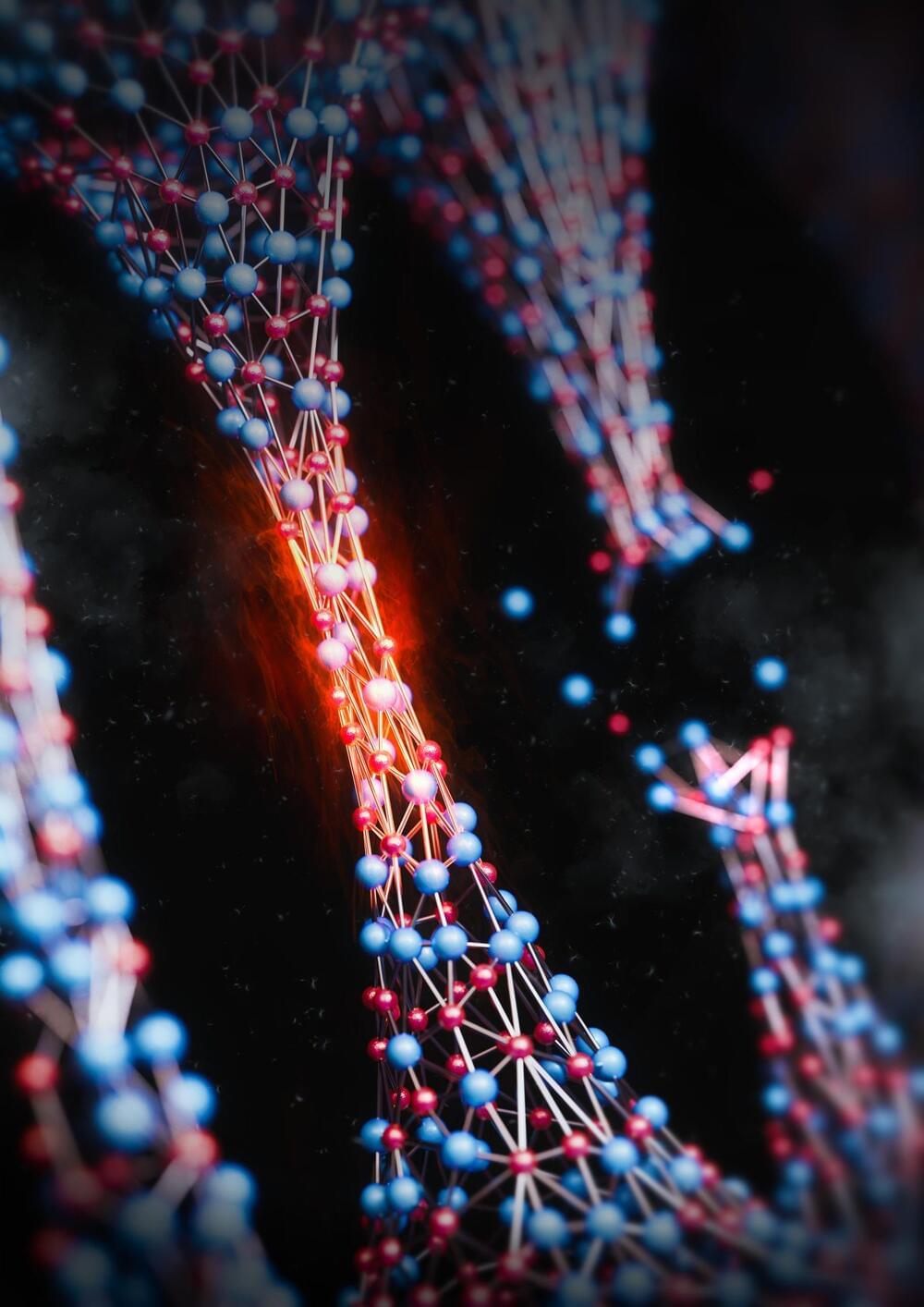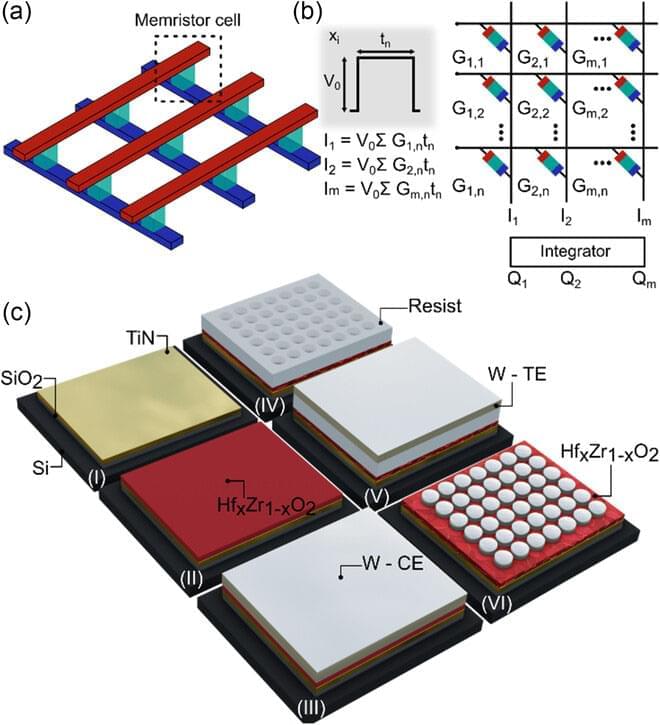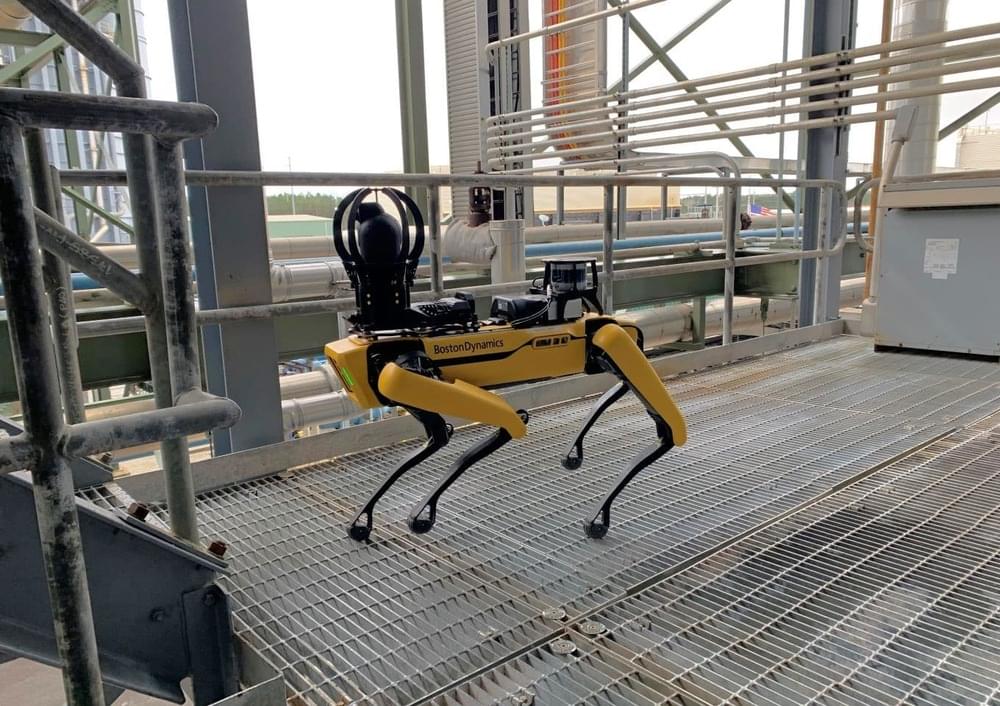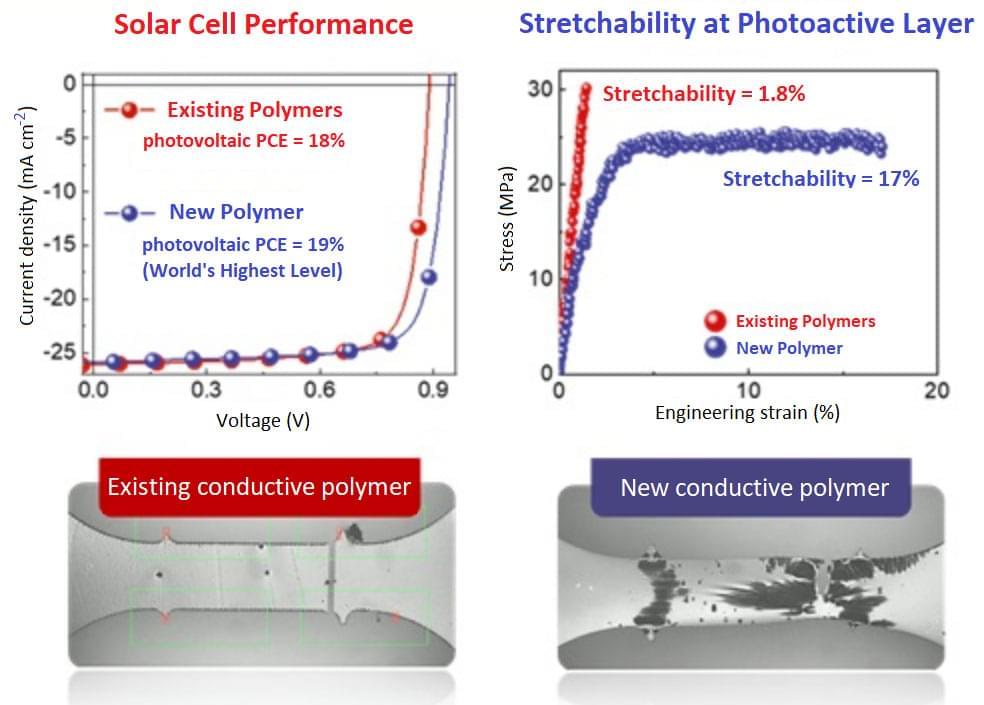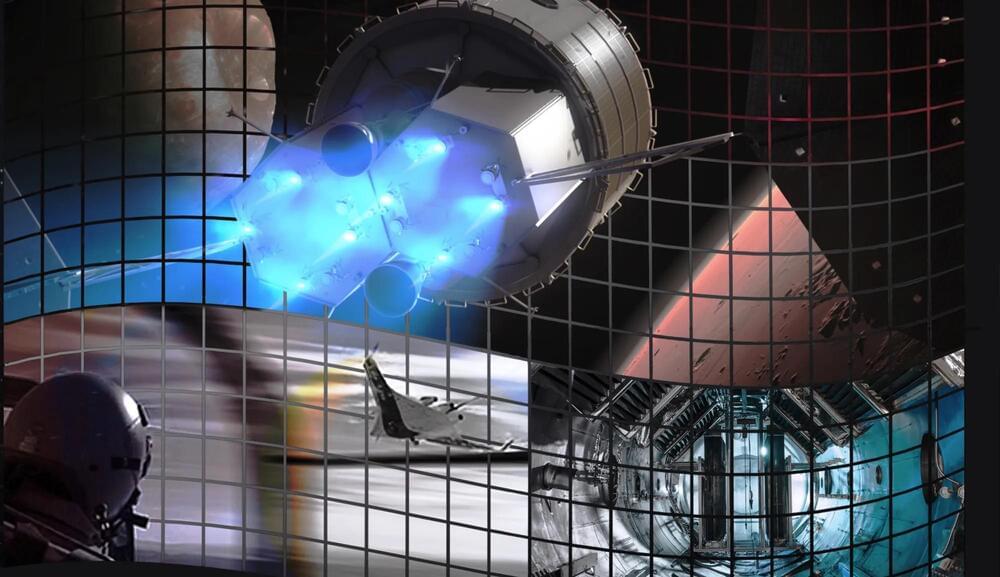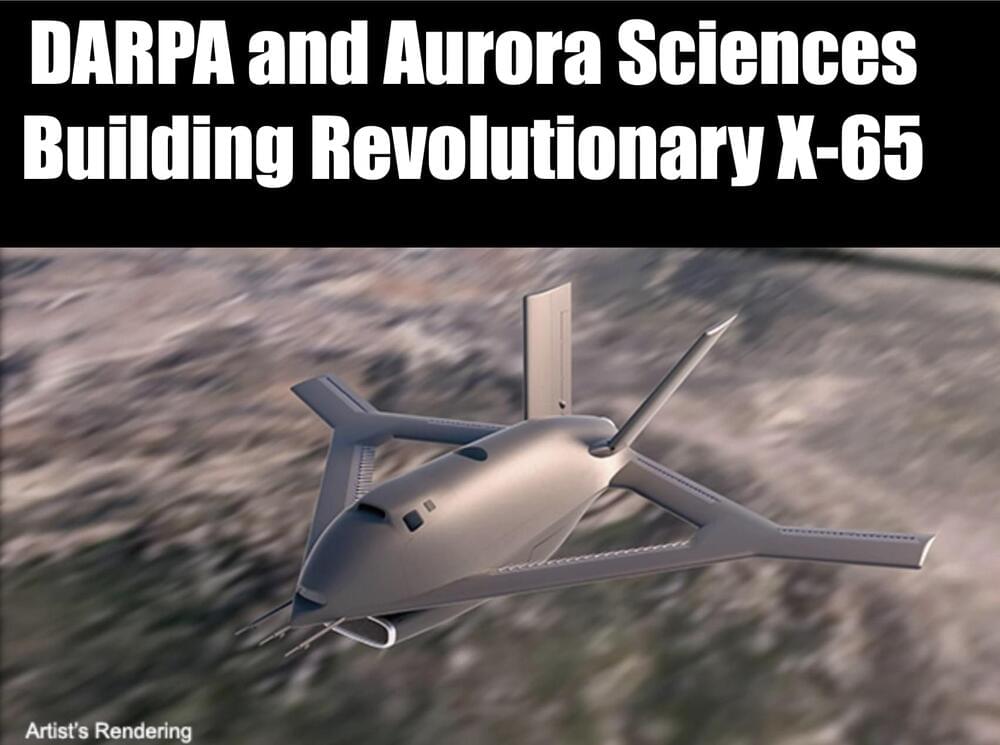The commercial space industry recently received a boost after NASA awarded 10 small businesses up to $150,000 each as part of NASA’s Small Business Innovation Research (SBIR) Ignite program, granting each company six months to demonstrate the viability and additional standards of their mission proposals. This funding comes as part of the second round of Phase I awards and holds the potential to continue the development of the commercial space industry for the short-and long-term.
“The investments we’re able to offer through SBIR Ignite give us the ability to de-risk technologies that have a strong commercial pull, helping make them more attractive to outside investors, customers, and partners,” said Jason L. Kessler, who is the Program Executive for the NASA SBIR & Small Business Technology Transfer (STTR) Program. “We also hope it advances the sometimes-overlooked goal of all SBIR programs to increase private-sector commercialization of the innovations derived from federal research and development funding.”
The 10 companies selected for this latest round of funding include (in alphabetical order): Astral Forge LLC, Astrobotic Technology Inc., Benchmark Space Systems, Brayton Energy LLC, Channel-Logistics LLC dba Space-Eyes, GeoVisual Analytics, Lunar Resources Inc., Space Lab Technologies LLC, Space Tango, and VerdeGo Aero.


